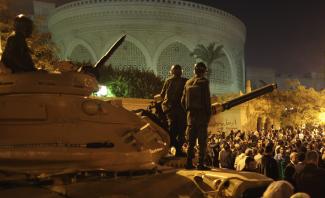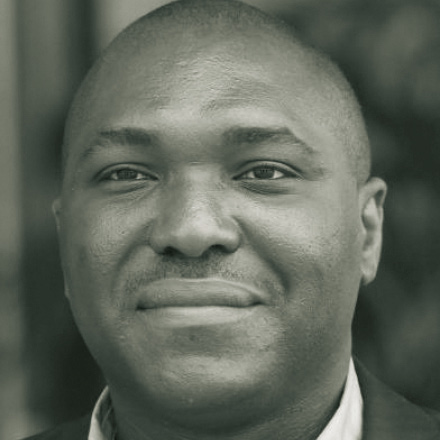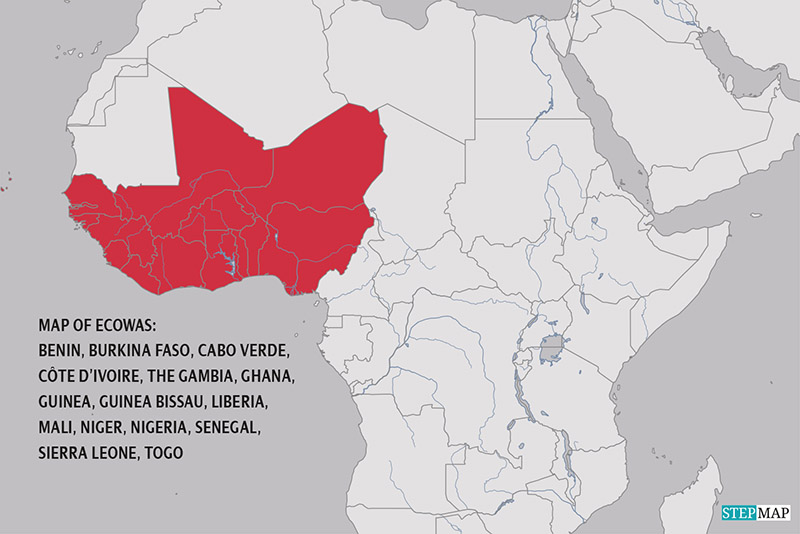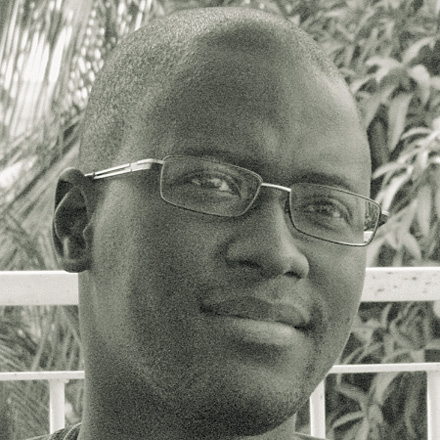Military
Weapons in areas of conflict

The Arab spring has blossomed to different stages in different countries of the MENA region. There is relative stability in Tunisia, Libya and Egypt, with elected governments, albeit with social unrest. Civil war is raging in Syria, and the opposition is being suppressed in other countries like Bahrain. Meanwhile, western countries continue to supply the region with weapons and surveillance technology.
Jerry Sommer, a journalist, says that the US is keen on keeping Iran at bay as a regional power. In his view, the geopolitical balance has slightly changed to the disadvantage of the USA because of the Arab spring. He argues that the authoritarian Gulf States, in spite of being allied with the West, support anti-western religious fundamentalists in the countries where governments were toppled. In 2012, German arms shipments to the Gulf States were twice as big as in 2011, according to the Federal Ministry for Economic Affairs. Germany exported military goods worth € 1.2 billion to Saudi-Arabia alone. Exports to Algeria have risen considerably too.
Marc von Boemcken, an arms expert at BICC, maintains that the revolutions have not substantially changed the dynamics of militarisation in the Arab world. Germany is contributing to the arms build-up more than ever, he says. Rheinmetall, a private-sector company, is planning to have 2000 tanks built in Algeria for instance.
At a panel discussion at BICC end of February, von Boemcken pointed out that – unlike military equipment – surveillance technology is not subject to export restrictions. He says that German companies like Siemens/Trovicor are allowed to sell unlimited amounts of electronic devices to repressive regimes. He adds that such technology enables authoritarian governments to monitor the mobile phones of their people for example. Syria gets a lot of its surveillance technology from companies in France, Italy and Germany (see http://www.bloomberg.com/data-visualization/wired-for-repression).
The situation in Syria is particularly complicated, says Salam Said from the University of Bremen, because many ethnic and religious groups are fighting for power and influence. She thinks it is crucial that the Syrian military, like its counterparts in other countries of the region, is a major player in business because it owns construction and other companies.
To a certain extent, the scholar says, this means that the military is financially independent from ministries when it comes to buying weapons and spy technology. Syria spends 5.9 % of GDP for arms procurement, even more than the MENA average.
In Egypt, the military has been pro-western for a long time. The Muslim Brotherhood is basically anti-western, but regarding economic issues, the new government is taking a free-market approach. Ahmed Khjalifa, a political scientist and photo journalist at BICC, reports that both sides now fear their own people, which is why they are trying to build bridges among one another. In a region brimming with weapons, that may be the best hope for a peace.














